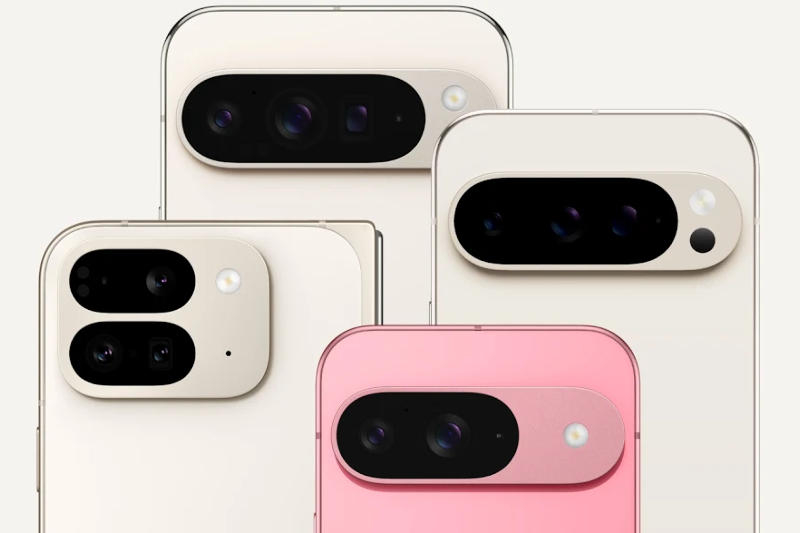The Google Pixel 9 series smartphones debuted with a host of new hardware and software features, and they are powered by the new Google Tensor G4 processor. This chip, which is based on last year’s Tensor G3, was developed jointly with Samsung. The CPU and GPU cores are based on the Arm architecture, and Google’s own solutions are used in artificial intelligence, image processing and security acceleration units.

Image source: google.com
The Google Tensor G4 runs on Arm CPU and GPU cores and is manufactured using Samsung’s 4nm process – possibly the same 4LPP+ technology used in the Korean manufacturer’s own Exynos 2400 chip, but Google has not confirmed this. The company hasn’t revealed the processor configuration, but Android Authority claims it has one Arm Cortex-X4 core clocked at 3.1 GHz, three Cortex-A720s at 2.6 GHz, and four Cortex-A520s at 1.95 GHz. It’s noteworthy that last year’s Tensor G3 had one more core in its middle cluster, which threatens to degrade the chip’s multi-core performance, but Google’s processors have never been known for cutting-edge speeds anyway.
The Tensor G4 graphics subsystem is represented by the Arm Mali-G715 processor. Google also did not disclose the number of its cores, but Android Authority suggests that there are seven of them again, however, the clock frequency has increased from 890 to 940 MHz, which means that the chip will seriously lag behind the flagship Qualcomm Snapdragon and MediaTek Dimensity. Belonging to the Mali series is revealed by the lack of support for ray tracing in the graphics – it appeared in the Arm Immortalis line. Google, to be fair, never promised that its processors would demonstrate market-leading performance – the company has always focused on unique features in its smartphones. However, the differences between the G3 and G4 seem minimal, and not every fan of the brand will see the point in upgrading to the latest model.

One of the main selling points for Tensor was and continues to be its AI capabilities, including the latest Gemini and Google computational photography capabilities. Once again, the company didn’t reveal the architecture of its TPU (AI accelerator), but did share some details about what it can do. Google calls its most important advantage the “industry-leading” withdrawal speed of 45 tokens per second. But this result was obtained when running the local Gemini Nano model, which has no more than 3.5 billion parameters. For comparison, the Qualcomm Snapdragon 8 Gen 3 produces 15 tokens per second for a model with 10 billion parameters, and the MediaTek Dimensity 9300 processes 7 billion parameters at a speed of 20 tokens per second. In other words, the TPU in the Google Tensor G4 is indeed fast, but it is clearly not ahead of the competition. In addition, the AI accelerator on the latest version of the chip is likely the same one that was in the Tensor G3 – the rio core.
The device’s RAM is not built into the processor, but the base Google Pixel 9 has 12 GB and 16 GB for the Pro versions. This is important for the work of applications with AI – moreover, some of its area is allocated specifically for AI and does not go to other applications. Other components of the Tensor G4 also migrated from the Tensor G3: the GXP signal processor for camera and audio processing, the BigWave media codec unit and the Titan M2 security chip. The modem has been updated from the Samsung Exynos 5300 to the Exynos 5400 – it will help eliminate some of the connection problems that the previous one had, and its energy efficiency is 50% higher. The 3GPP Release 17 standard is supported, which provides the ability to work with orbital 5G NTN (Non-Terrestrial Networks) networks – in the absence of land-based mobile communications, emergency messages can be sent directly to satellites.